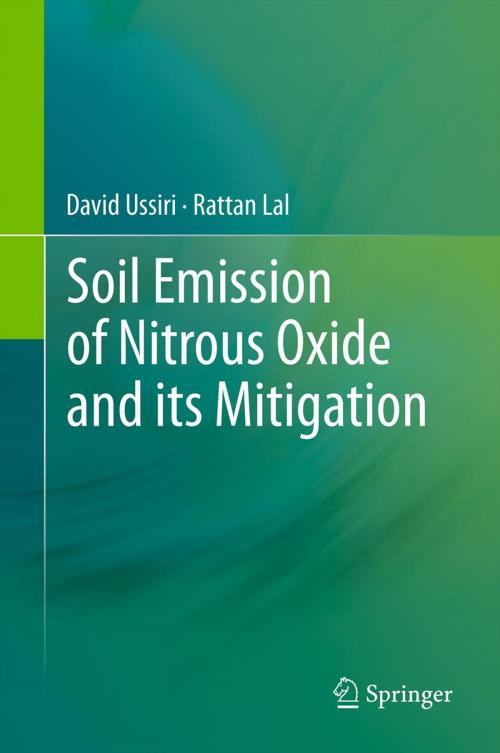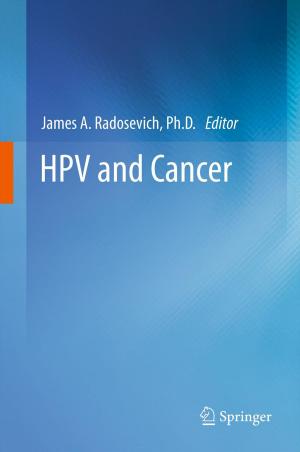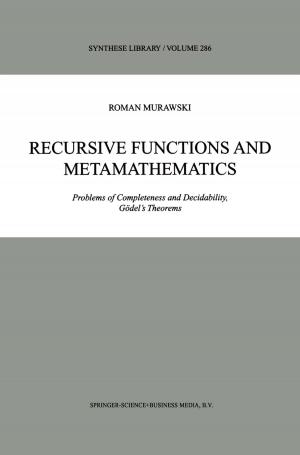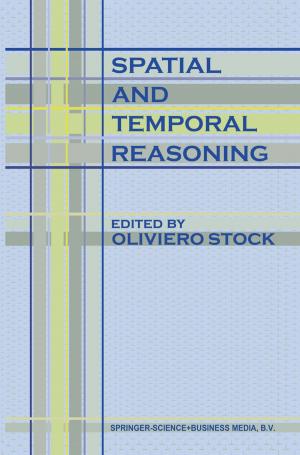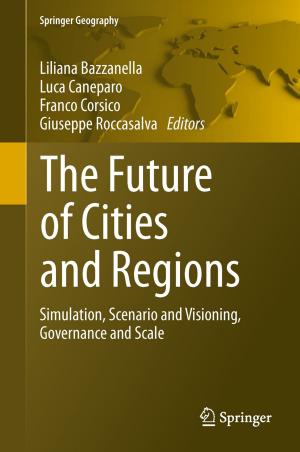Soil Emission of Nitrous Oxide and its Mitigation
Nonfiction, Science & Nature, Technology, Agriculture & Animal Husbandry, Science, Biological Sciences, Environmental Science, Nature| Author: | David Ussiri, Rattan Lal | ISBN: | 9789400753648 |
| Publisher: | Springer Netherlands | Publication: | November 13, 2012 |
| Imprint: | Springer | Language: | English |
| Author: | David Ussiri, Rattan Lal |
| ISBN: | 9789400753648 |
| Publisher: | Springer Netherlands |
| Publication: | November 13, 2012 |
| Imprint: | Springer |
| Language: | English |
Nitrous oxide gas is a long-lived relatively active greenhouse gas (GHG) with an atmospheric lifetime of approximately 120 years, and heat trapping effects about 310 times more powerful than carbon dioxide per molecule basis. It contributes about 6% of observed global warming. Nitrous oxide is not only a potent GHG, but it also plays a significant role in the depletion of stratospheric ozone. This book describes the anthropogenic sources of N2O with major emphasis on agricultural activities. It summarizes an overview of global cycling of N and the role of nitrous oxide on global warming and ozone depletion, and then focus on major source, soil borne nitrous oxide emissions. The spatial-temporal variation of soil nitrous oxide fluxes and underlying biogeochemical processes are described, as well as approaches to quantify fluxes of N2O from soils. Mitigation strategies to reduce the emissions, especially from agricultural soils, and fertilizer nitrogen sources are described in detail in the latter part of the book.
Nitrous oxide gas is a long-lived relatively active greenhouse gas (GHG) with an atmospheric lifetime of approximately 120 years, and heat trapping effects about 310 times more powerful than carbon dioxide per molecule basis. It contributes about 6% of observed global warming. Nitrous oxide is not only a potent GHG, but it also plays a significant role in the depletion of stratospheric ozone. This book describes the anthropogenic sources of N2O with major emphasis on agricultural activities. It summarizes an overview of global cycling of N and the role of nitrous oxide on global warming and ozone depletion, and then focus on major source, soil borne nitrous oxide emissions. The spatial-temporal variation of soil nitrous oxide fluxes and underlying biogeochemical processes are described, as well as approaches to quantify fluxes of N2O from soils. Mitigation strategies to reduce the emissions, especially from agricultural soils, and fertilizer nitrogen sources are described in detail in the latter part of the book.
